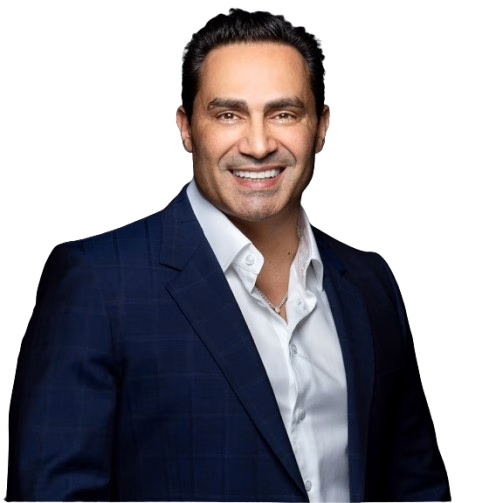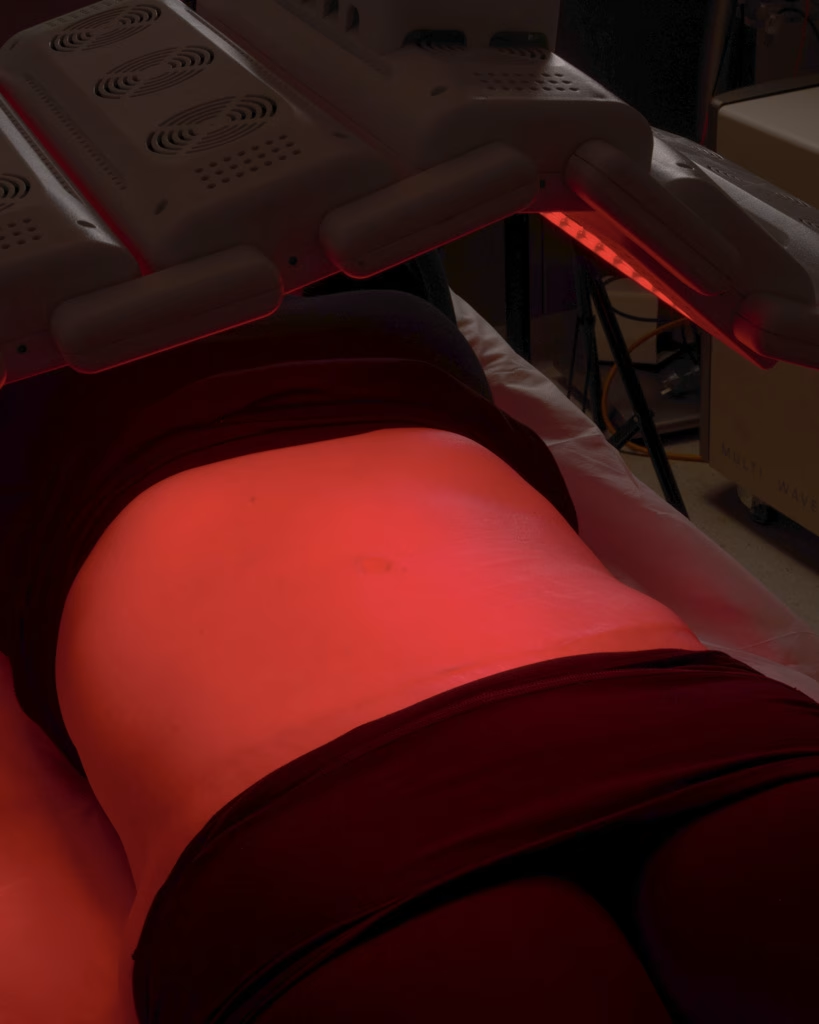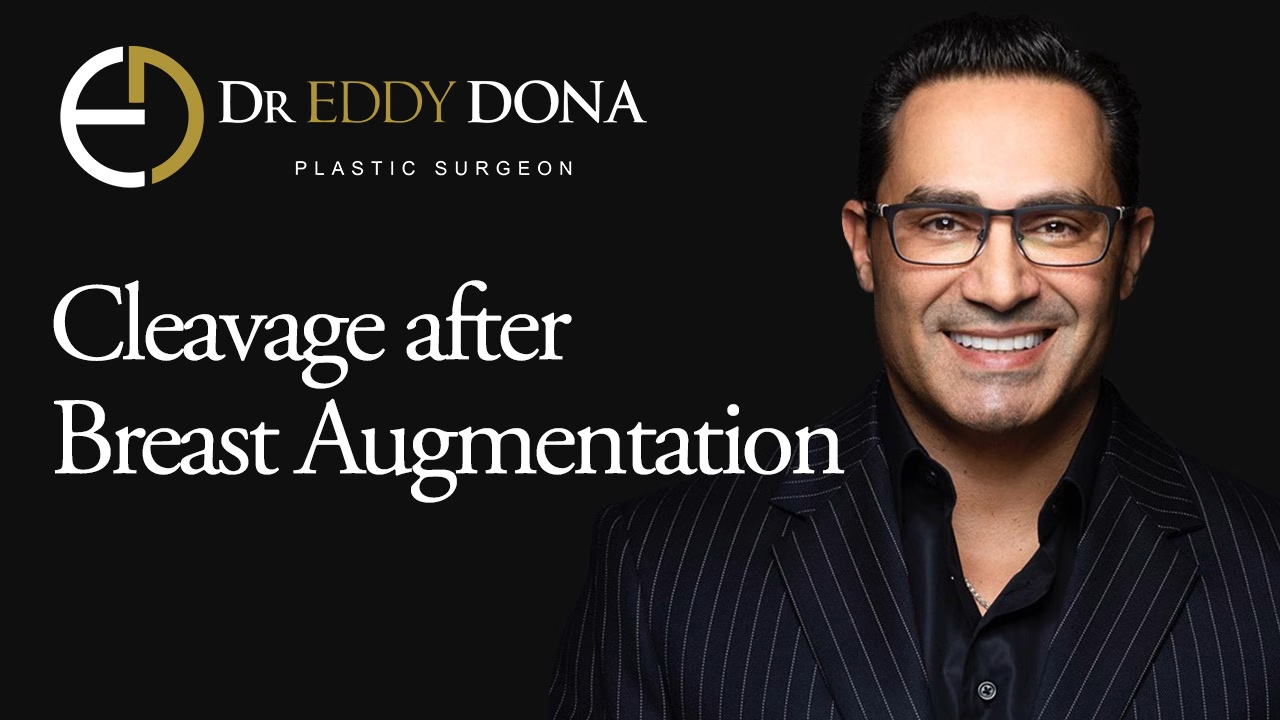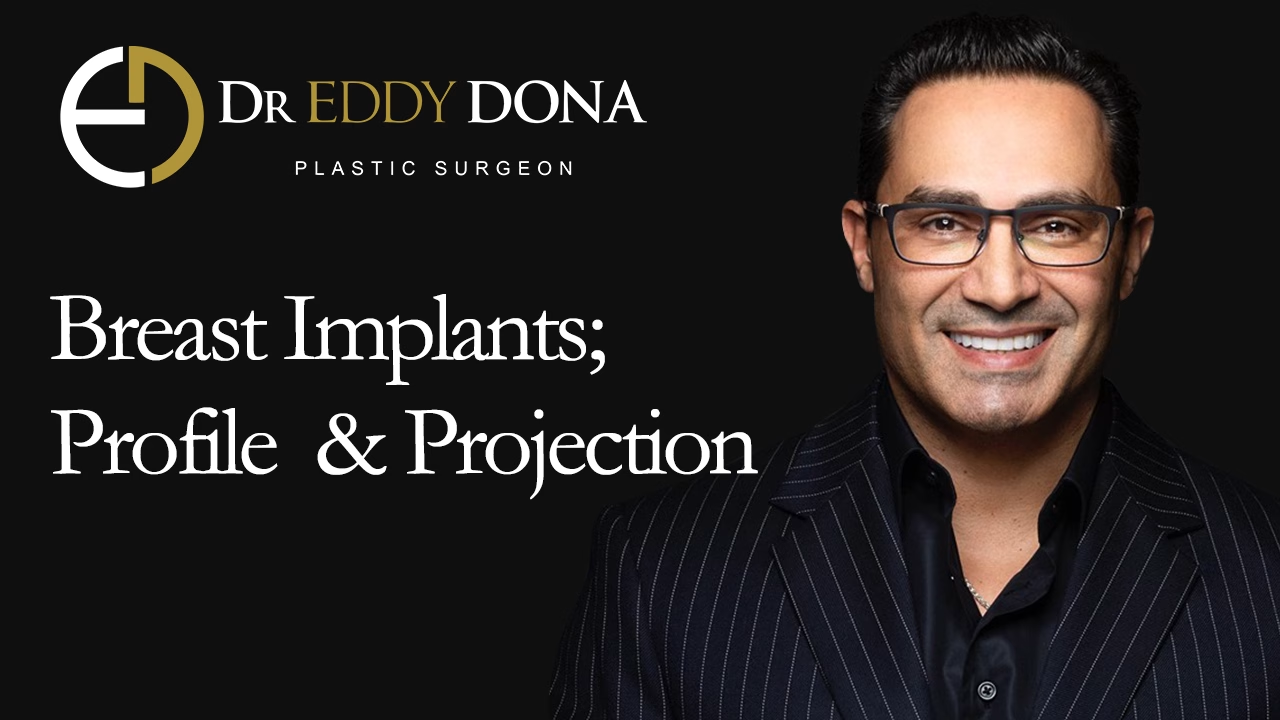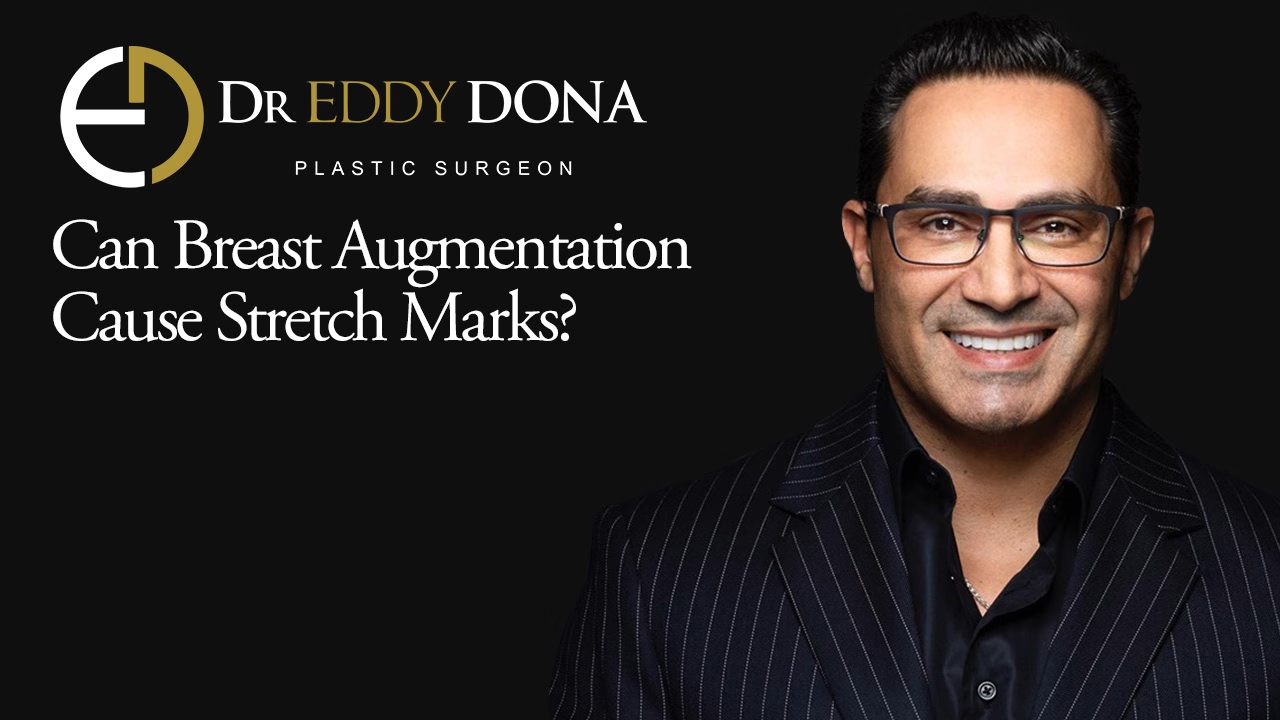Breast Implant Removal Procedures
There are various implant removal procedures to accommodate the various needs of patients. Dr Dona will advise you on the appropriate technique for you, depending on your reasons for removal and your desired outcome. Below are some of the more common approaches.
Standard Implant Removal
The standard removal procedure involves taking out the implants while leaving the surrounding breast tissue intact. Typically, an incision is created along the Breast Implant Surgery scar or the breast crease.
Many patients choose this option if the implants have ruptured or if they are experiencing implant complications such as breast implant illness.
Most patients can resume regular activity within a few weeks. However, recovery time varies and depends on factors such as the condition of your scar tissue and overall health.
Implant Removal & Replacement
Sometimes, patients elect to replace their existing implants with new ones. This revision process can be part of the breast implant removal procedure.
This option might suit those wanting to change the size or type of their breast implants.
The cost of breast implant revision with replacement varies, and Private Health Insurance may cover some expenses if related to medical necessity.
Combined Procedures
Combined procedures include:
- Implant Removal + Breast Lift
- Implant Removal + BAM (new breast implants) + Breast Lift
If you’re concerned about breast shape and appearance after implant removal, combining your procedure (with or without implant replacement) with a Breast Lift can be beneficial.
If you decide not to have your implants replaced, you may find the subsequent loss of volume results in breast tissue deflation and sagging.
Therefore, a Breast Lift may be beneficial for optimal aesthetic outcomes.
Note: Over time, natural breast tissue sags, so the more you have, the greater the potential for sagging. Therefore, even if your implants are being replaced during surgery, you may benefit from a Breast Lift to address natural breast tissue droop issues.
Although combining these procedures may result in a slightly longer recovery time, it provides comprehensive results in a single session.
Reasons for Breast Implant Removal
People choose to have their breast implants removed for numerous reasons, including the following.
Complications with existing implants
- Capsular contracture (hardening)
- Movement and displacement of the implant
- Recurrent swelling of the breasts
- Recurrent infection of the implant that does not respond to antibiotics
- Changes in your natural breast tissue and the appearance of your breasts
Lifestyle changes
Life changes (e.g., pregnancy, weight loss, or entering a new phase in life) can affect how implants look or feel. Additionally, many people want to change the size of their implants to better align with their current lifestyle.
Health concerns (e.g. BIA-ALCL)
Anxieties about health concerns can motivate some individuals to consider Breast Implant Removal. These include conditions such as BIA-ALCL and breast implant illness, the latter being a term described for various symptoms such as fatigue and pain, which may potentially be linked to implants.
In rare cases, serious conditions such as breast implant-associated anaplastic large cell lymphoma (BIA-ALCL) may develop. This is a rare type of non-Hodgkin’s lymphoma and is only associated with some types of textured implants. It’s important to note that it is not breast cancer, and if found early, it can be successfully treated.
For these health reasons, some individuals opt for Explant Surgery to prevent or address these issues. Anyone considering this surgical procedure must consult with their doctor to discuss their needs and expectations before proceeding with surgery.
What’s a Capsulectomy?
During your Explant Surgery, your natural breast tissue is preserved (unless you’re having a Breast Lift or Reduction at the same time). The implant is removed, and the scar tissue capsule surrounding the implants is also removed. This is referred to as a Capsulectomy.
If the implant is being replaced, and the capsule is normal in appearance, then there is no clinical need to perform a Capsulectomy.
If the implant is not being replaced, Dr Dona will always perform a capsulectomy, as this will allow the breast tissue to adhere smoothly to the chest wall.
Other situations that warrant a capsulectomy include:
- Capsular contracture with a very thick scar capsule
Ideally, the entire capsule is removed during a Capsulectomy. This is referred to as a Total Capsulectomy. However, in some cases, this may not be possible or safe to do so. Therefore, a Partial Capsulectomy is performed. This is often the case with implants placed under the muscle, where the back wall of the capsule adheres to the chest wall and rib cage.
Some forms of Total Capsulectomy are referred to as an EnBloc Capsulectomy. These are typically reserved for those having treatment for breast implant illness or BIA-ALCL.
